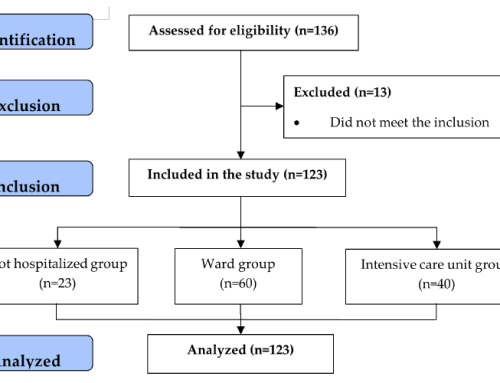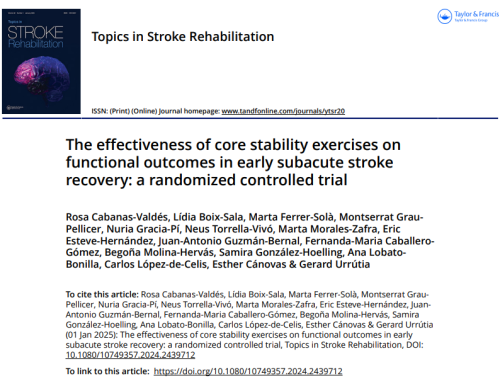ARTICLE. Joan Carles Trullàs, Juan Ignacio Pérez-Calvo, Alicia Conde-Martel, Pau Llàcer Iborra, Iván Suárez Pedreira, Gabriela Ormaechea, Llanos Soler Rangel, Alvaro González Franco, José María Cepeda, Manuel Montero-Pérez-Barquero, en representación de los investigadores del registro RICA. Epidemiology of heart failure with preserved ejection fraction: Results from the RICA Registry / Epidemiología de la insuficiencia cardiaca con fracción de eyección preservada: resultados del Registro RICA. Med Clin. 2020 Aug 21;S0025-7753(20)30566-2. doi: 10.1016/j.medcli.2020.05.059. PMID: 32829921.
Abstract.
Introduction and objectives: There is great interest in better characterizing patients with heart failure (HF) with preserved ejection fraction (HF-PEF). The objective of this study is to determine the prevalence, progression over time and to describe the clinical and epidemiological characteristics of patients with HF-PEF.
Methods: From the National Registry of Heart Failure (RICA, prospective multicentre cohort study) we analysed patients consecutively admitted for HF in Internal Medicine wards over a period of 11 years (2008-2018).
Results: 4752 patients were included, 2957 (62.2%) with preserved ejection fraction. This prevalence remained constant from 2008 to 2019. Compared to patients with HF and reduced ejection fraction (HF-REF) patients with HF-PEF are older, more are female, there is a higher prevalence of hypertensive and valvular aetiology, they have a profile of different comorbidities and worse functional status. A high proportion of patients receive disease-modifying treatment for IC-REF (renin-angiotensin-aldosterone system inhibitors and beta-blockers). The overall mortality after one-year follow-up was 24% and 30% in the HF-PEF and the HF-REF, respectively. In the multivariate analysis, the risk of death was higher in patients with HF-REF compared to HF-PEF (OR: 1.84; 95% CI: [1.43-2.36]). The length of hospital stay was also lower in the HF-PEF patients but there were no differences in re-hospitalizations.
Conclusions: Sixty percent of patients in the RICA registry have preserved ejection fraction. These patients have a higher comorbidity burden and a worse functional status, but lower mortality compared with HF-REF patients.












Leave a Reply